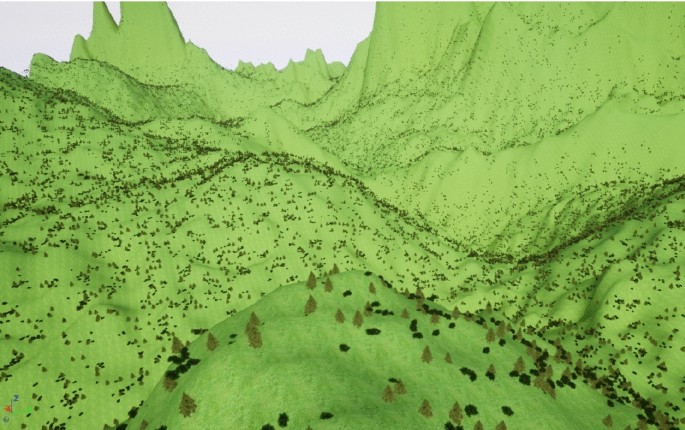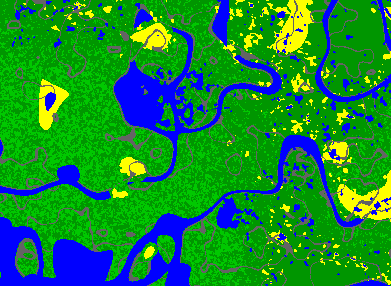

Sampling and Interpolation are effective in reducing the spikes and making transitions gradual. To make things as close to the real-world as possible we use the concept of Superposition. The technique does a good job over naive implementation but it still does not mimic what we see in the real world. We can clearly see the plots of Cosine Interpolation are much smoother than Linear Interpolated ones. Thus given two known points a and b, using linear interpolation, we estimate an intermediate point c at a relative distance of mu from a using the function defined belowįor each interpolation, the 5 plots shown above are sampled for every 1, 2, 3, 4, and 5 points respectively. Linear interpolation estimates the intermediate points between the known points assuming collinearity. There are several interpolation methods but we restrict our focus to Linear and Cosine interpolation methods. Interpolation methods estimate the intermediate data points ensuring a "smoothened" transition from one known point to another.


Interpolation is a method of constructing new data points within a range of a discrete set of known data points. In order to bring smoothness to terrain_naive generated terrains, we take a look at a famous estimation technique called interpolation which estimates intermediate values given a bunch of known points. Real-world terrains, although random, does not have a lot of sharp spikes, instead, the changes in height are very gradual and ensure some degree of smoothness. The terrain generated using this procedure has a lot of spikes and abrupt changes in height and it clearly does not mimic the terrains in the real world.

You are going to need to research.The above illustration shows the plot of the one-dimensional terrain using the above terrain_naive function. This noise has some caveats such as being quite slow to generate, especially in high-level dimensions.Īll this to say is there are many many algorithms out there, and each one can be used for numerous things. For others yet they can use octaves to generate ridged simplex noise for rivers or tunnels. For others they may use 3D simplex noise to generate terrain like in Minecraft. For some, they may use 2D simplex noise to generate a cloud texture or even a heightmap. It creates noise that smoothly and gradually changes from one value to another. This is an infinite-generation algorithm that can generate any point in 1d to Nd space without needing info about any other points.
#Terrain generator algorithm how to
It is up to you to determine what to do with these numbers and how to generate your actual worlds out of them.įor example, a common algorithm (and one that I am most familiar with) is Simplex Noise. Something to remember while researching: All procedural algorithms simply produce numbers. Then you will have to implement those algorithms in GameMaker (often not a simple task) and utilize them properly. I would suggest you get a solid idea of the kind of thing you want generated procedurally and then research various procedural algorithms that might be able to be used to reach that result. You will not find an overarching tutorial on how to implement it because it is extremely specific to the game being made. Procedural generation is not a simple plug-and-play feature.


 0 kommentar(er)
0 kommentar(er)
